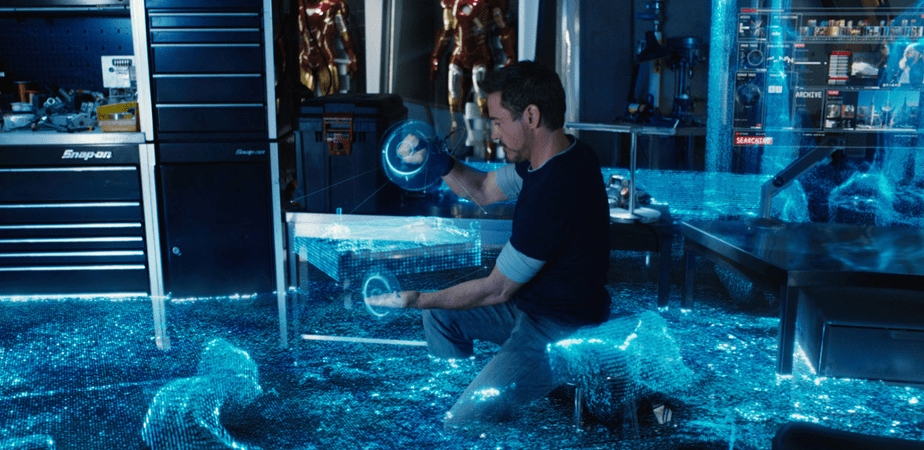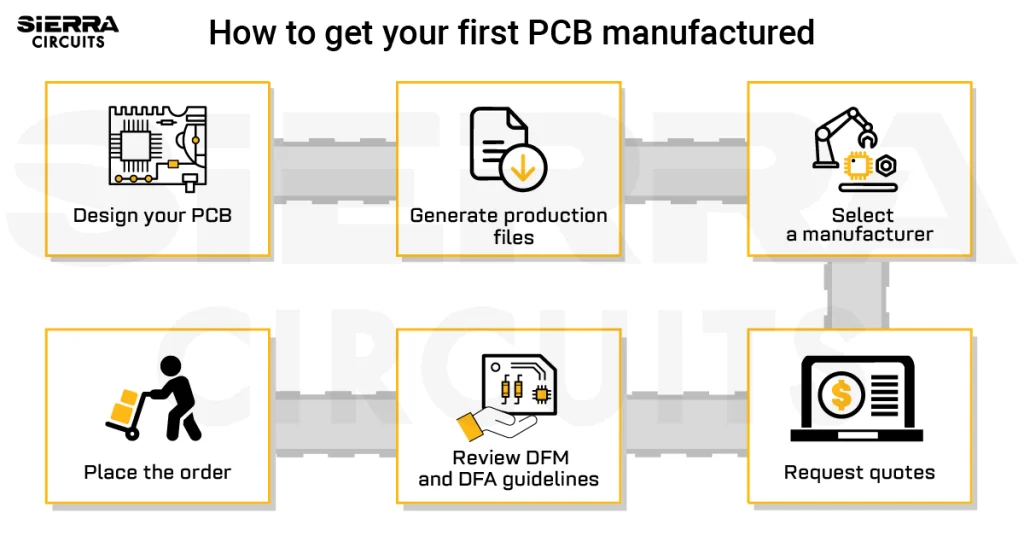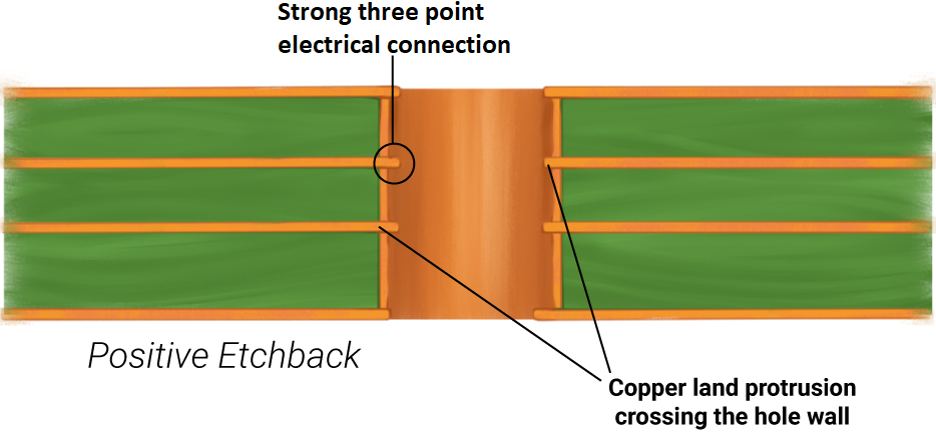Contents

On-demand webinar
How Good is My Shield? An Introduction to Transfer Impedance and Shielding Effectiveness
by Karen Burnham
Augmented reality (AR) is already a part of our daily lives. Whether we like to chase Pokémon around the world – or the city, really – or take selfies with doggy ears on Snapchat, we use AR. If that is pretty much it for the average citizen, AR is going to look and feel very different in just a few years. And it will be everywhere.
What is augmented reality?
Reality is us and everything that surrounds us – assuming that we are not stuck in “the Matrix”, of course. AR is information layered on top of the real, existing things we can see but with graphics, like digital pop-up signs, that give us enhanced features. AR is mainly developed into applications and used on mobile devices, but it can also come in the shape of holograms and motion-activated commands.
In the near future, AR could completely change the way we live. Imagine yourself on vacation with a sudden craving for ice-cream, but you do not know where to get some. You take your phone, press the camera button and this is when the magic happens: now you can see the buildings around you with graphics showing where you can buy ice-cream. Reality does not show up on your screen as a photograph, it is entertained with data that comes from a software on your phone. The ice-cream scenario could be replaced endlessly. Are you looking for a house? An AR application will show you which ones around you are for sale, possibly including more information such as the price, the number of square feet, and more. All of this would be possible by simply looking through your smartphone’s screen. In short, AR applications integrate data with reality, giving us “augmented reality.”
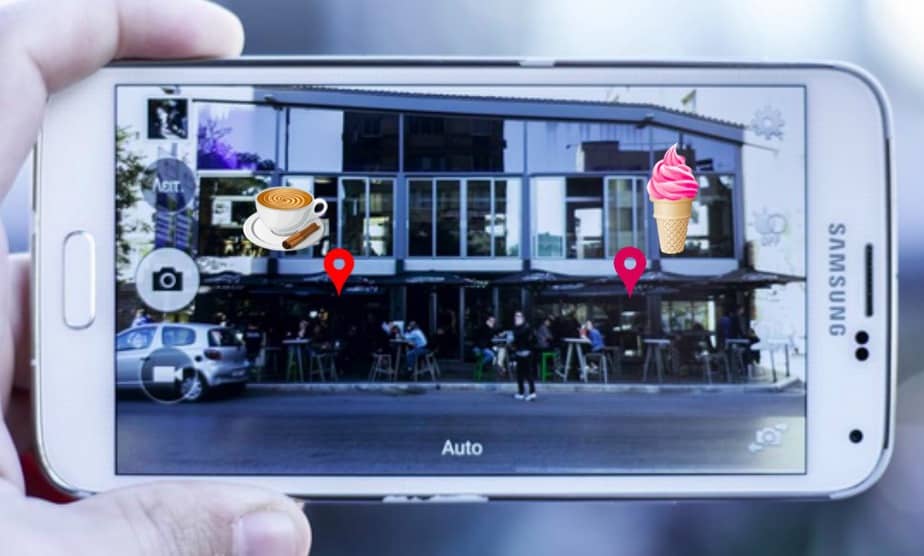
In these early discussions about what exactly AR is – it’s important to note that AR and virtual reality (VR) are not the same. Although they have a lot in common – such as massive media coverage and billions of dollars of investments – they greatly differ from one another. VR is putting on a helmet to find yourself in a completely simulated environment made up of computer data, which has nothing to do with the real world. AR takes our reality and enhances it with data.
The fathers of augmented reality
The question ‘Who invented augmented reality?’ can be answered in several ways. However, tech specialists often agree that AR dates back to 1966, the year Harvard professor and computer scientist Ivan Sutherland created the “Sword of Damocles.” The users experienced computer-fed graphics wearing a headset to view a display cube in front of them. Because of its heavyweight, the headset was hung from the ceiling, hence its name from Greek mythology.
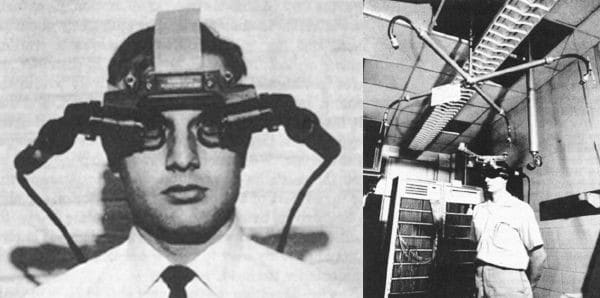
In the early 1990s, Thomas Caudell coined the term “augmented reality.” The Boeing researcher designed a digital display to help electricians see where cables were supposed to go in an aircraft rather than having to check the manual.
The best options
-
Google Glass
Google attempted five years ago to launch its futuristic gadget Google Glass. The smartglasses, sold for $1,500, did not find their way into the hearts, minds and wallets of consumers. Too expensive, not very practical, nor cool enough – Glass only found a home on the workplace, in manufacturing and logistics companies such as Boeing and DHL.
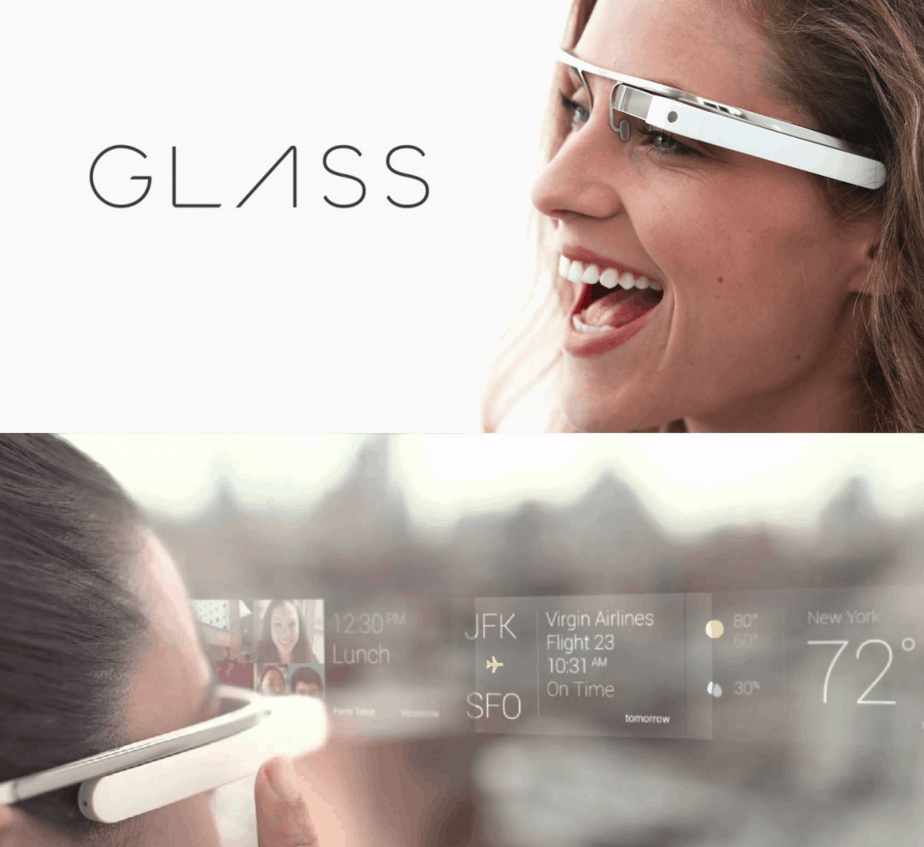
After shutting down the Glass project in 2015, Google claimed that a team would keep working on designing a better product. Although the future possibility of Glass endearing a large audience remains unclear, several options are still available to fully enjoy AR.
-
Mira’s Prism
On July 18, Mira released Prism, an AR headset for iPhones that only costs $99. Just like Google Cardboard (which is for VR use), it does not contain any electronics. Therefore Prism is marketed as an untethered, easy-to-use product that can allow users to see AR objects overlaid on the real world. Users must download a Mira-enabled app and insert their devices in the headset – allowing content to be reflected from the phone’s display onto a transparent visor positioned in front of the headset. The Prism also links up with nearby headsets for multiplayer gaming.
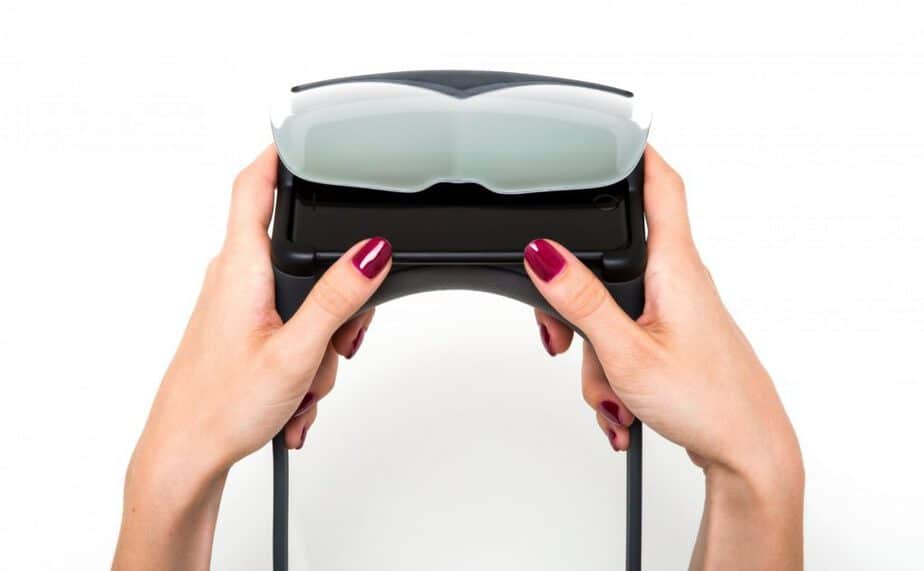
-
Microsoft’s HoloLens
On a more expensive note, Microsoft launched a pair of standalone smartglasses called HoloLens in 2016. The introductory price of $3,000 for the development edition – we would have to spend $5,000 for the commercial suite, ideal for organizations – tells us that it is likely to be a higher-tech and higher-quality product. Although it is considered to be “mixed reality” – a blend of both AR and VR – HoloLens brings holograms into our real world. Using transparent lenses, special sound and understanding of our environment, holograms look and sound like they are actually part of the world around us.
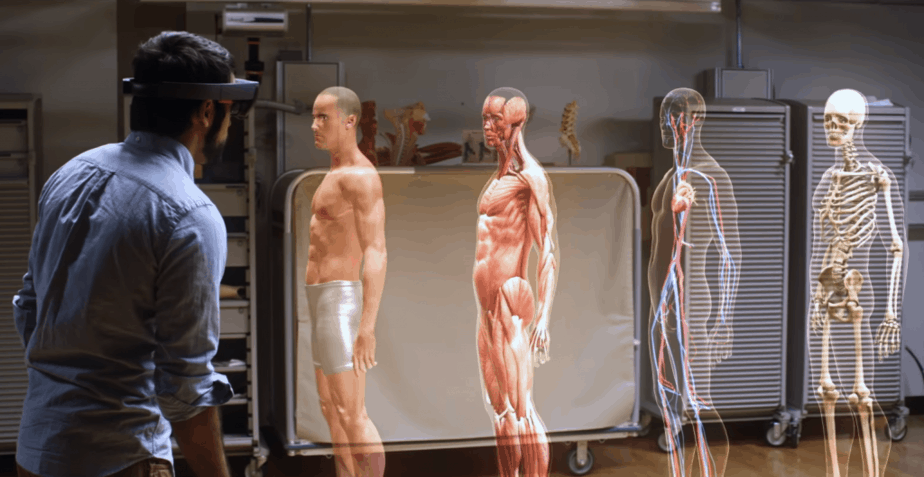
Holograms are viewed through a holographic frame, which preserves peripheral vision. Users can move freely and collaborate with people around them. The headset does not block out what users can see and hear which enables them to engage with digital content and tools alongside the objects in their real environment.
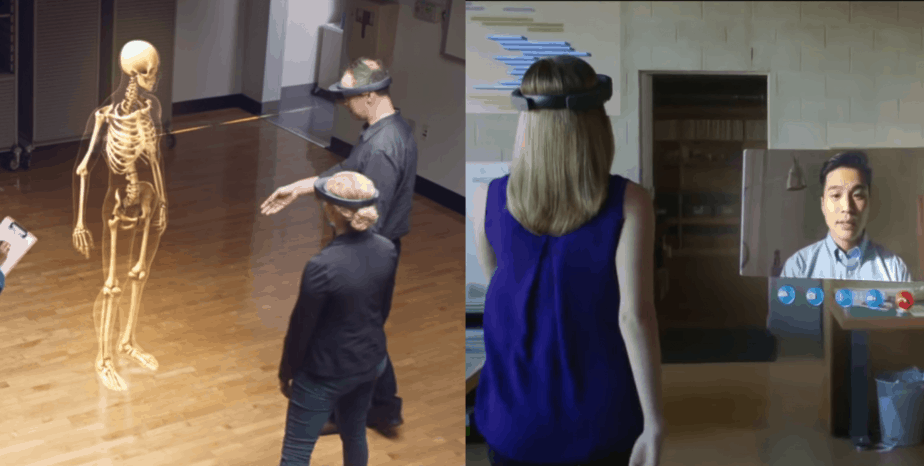
Microsoft describes its product as “a fully untethered self-contained holographic computer.” That explains why users would have a bit of homework to do in order to learn how to use the headset. Documentation, case studies and step-by-step tutorials are essential to fully enjoy HoloLens.
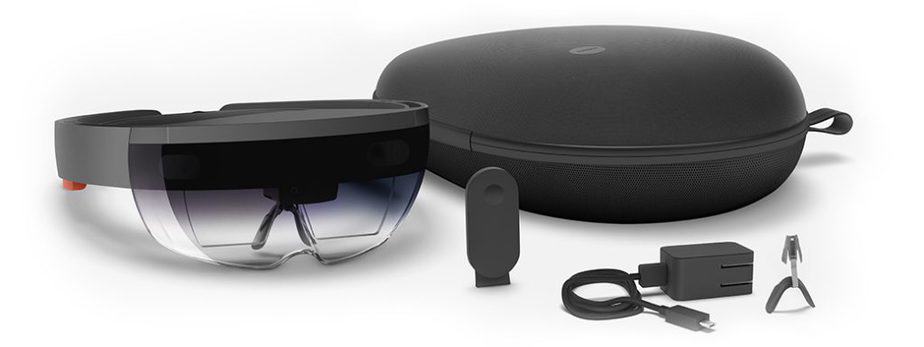
-
Apple’s iOS 11 ARKit
In June, during the famous conference WWDC 2017, Apple presented iOS 11, the “biggest software release ever for new AR experiences,” according to a press release. For now, iOS 11 is only available as a developer preview. But the software will be a free update for iPhone and iPad users this fall. Meanwhile, developers are building augmented reality experiences using ARKit. “ARKit allows developers to tap into the latest computer vision technologies to build detailed and compelling virtual content on top of real-world scenes for interactive gaming, immersive shopping experiences, industrial design and more,” according to Apple.
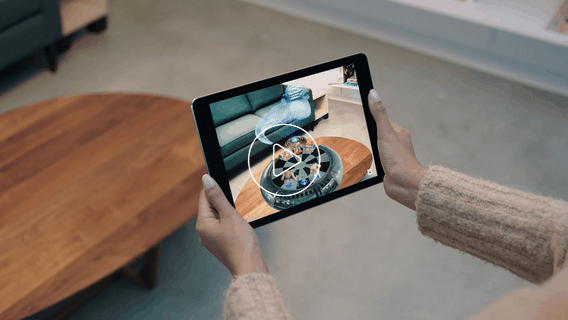
-
Lenovo’s Phab 2 Pro
In November 2016, Lenovo released Phab 2 Pro, a Tango-enabled Android smartphone with a powerful Qualcomm Snapdragon 652 processor that supports advanced features and experiences. Tango is an AR computing platform developed by Google to allow our smartphones and tablets to detect our position relative to the world around us without even using GPS signals. Users will have 3D tools, play with virtual objects – such as planets or dinosaurs – like they are actually next to them, and navigate indoor locations – such as museums or stores – with directions overlaid onto their surroundings.
All you have to do – after spending $499.99 – is look at the screen to see items and information overlaid onto the real world. The mobile device is both functional and entertaining. Users can measure objects, see how a new chair will fit in their living-room, or raise a virtual pet – among countless other uses. Augmented reality gaming allows users to turn their surroundings into a virtual playground.
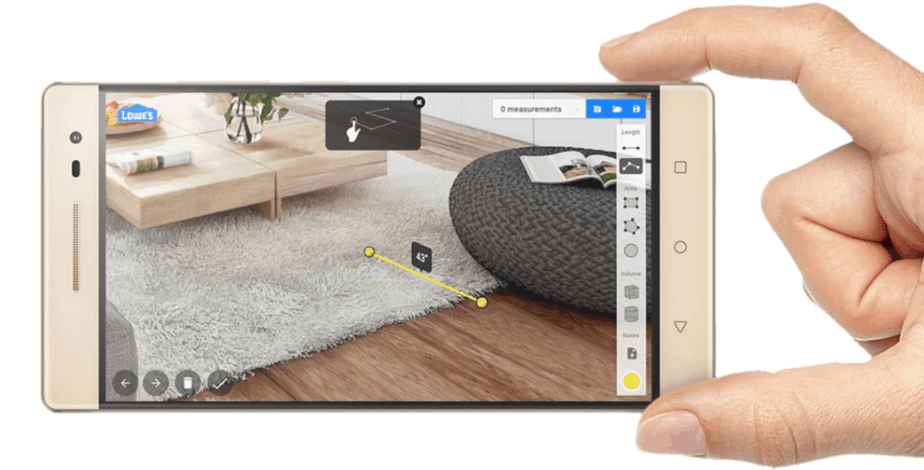
Anything is possible: fight enemies while grocery shopping, play virtual board games on the kitchen table and so on.
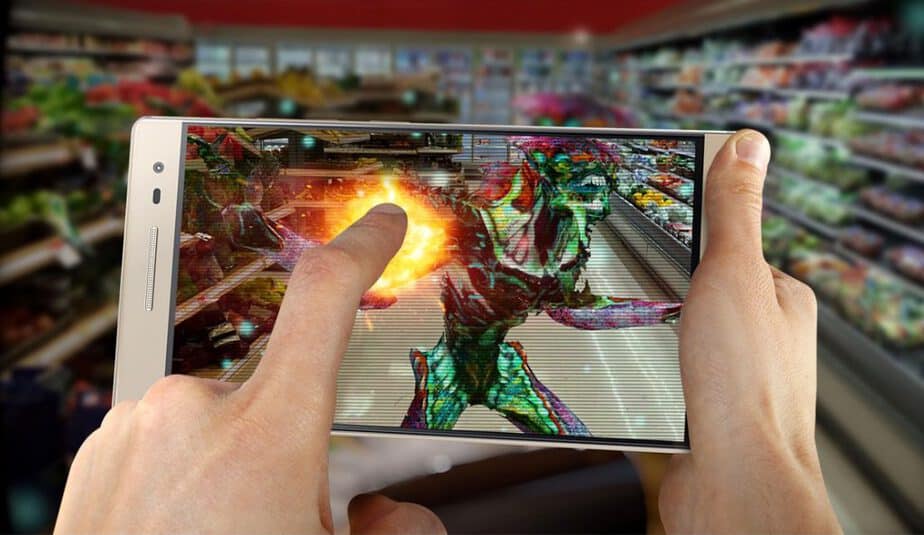
-
Asus’ ZenFone AR
Available since July for $859 (on eBay or eGlobal Center), the ZenFone AR is a smartphone that also supports Tango and Google Daydream VR platforms and is equipped with the Qualcomm Snapdragon 821 processor. The device features three rear cameras – one for motion tracking, another for depth sensing and a third for high-resolution 23MP camera – to create a 3D model of our surroundings and track our motion to see the world exactly like we do.
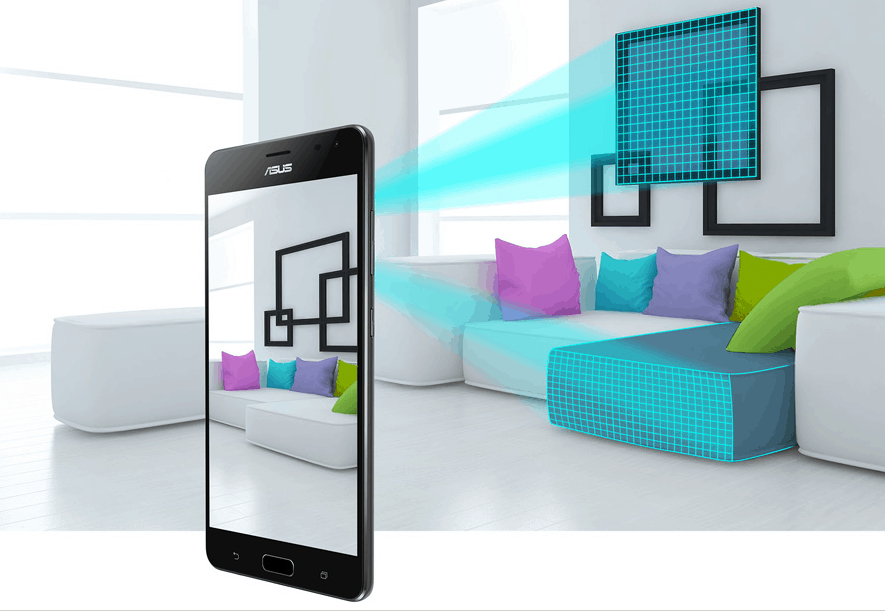
Users can tackle home improvement projects, create a wild jungle in their living rooms and enjoy endless AR entertainment opportunities.
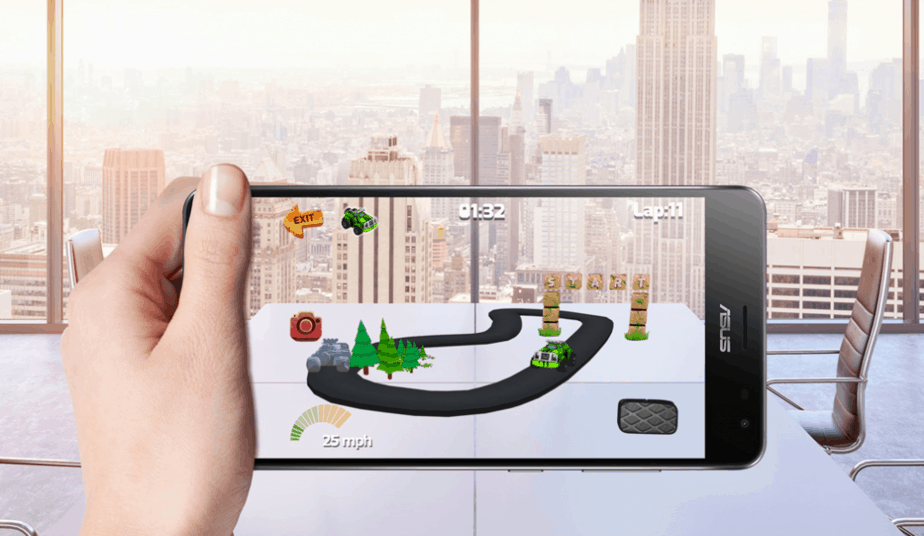
VR is also available on the ZenFone AR, featuring “ultra-smooth graphics, and high-fidelity sensors that precisely track head movement,” as described by Asus. Of course, you have to buy Google’s Daydream View headset priced around $79 to be immersed in a realistic new world, enjoy VR cinema and play VR games.
https://www.youtube.com/watch?v=NXLTO5AJycc
-
AR contact lenses
Contact lenses that display AR imaging are currently in development. Researchers want to create contact lenses able to put a layer of data on top of what we can see.
The startup Innovega presented a demo at Consumer Electronics Show 2014. The idea is to trick the way our eyes see the world by wearing a contact lens with a small lenset in the center. This lenset carries a 1mm optic to allow users to see a display mounted in their eyewear. Bringing the display this close to the eyes gives users a higher resolution and a large field of view. The possibilities of content becomes endless as users can put more than one application into their contact lenses rather than having just a single experience. Users could see text messages, social media pages and play games emitted by the eyewear. However, the contact lenses are not ready for consumers yet. The startup is still working on the project but has already an idea of the price: less than $1,000.
For now, Innovega has come up with Emacula, digital glasses with screens that display available media combined with contact lenses. Wearing both the glasses and the lenses, users can view high-definition media on the glasses’ screens.
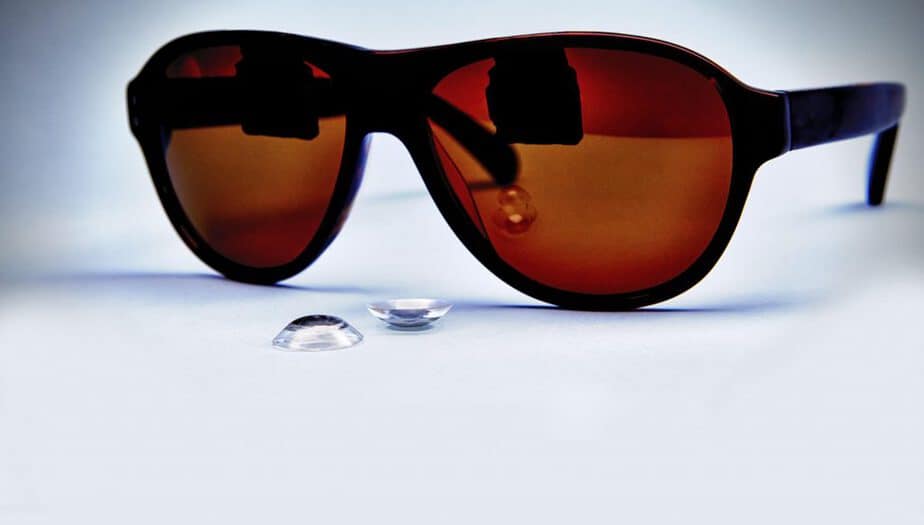
Innovega expects to receive market clearance for the Emacula system by 2018. On its website, the optics company states that the contact lenses are expected to cost about 20 percent more than regular disposable contacts; they say it is little more than the price of regular designer glasses and sunglasses.
The use of augmented reality
For those who have regular smartphones and do not want to buy a head-mounted display, there are other easier and more affordable ways to appreciate AR. Most of the time, AR can be achieved by simply downloading an app.
Entertainment
- Today
Apps, games, music… AR can enhance our entertainment experiences in many ways.

- Tomorrow
You could create your own gaming world by assembling obstacles with plant pots, cereal boxes, books and get our favorites characters, like Mario or Lara Croft, to pass them. The idea is to wear glasses on which you could see the video game’s features blending with the created obstacles.
Education
- Today
Augmented reality is not commonly used in classrooms nor at home yet, although numerous apps exist. Mathematics, physics, anatomy, drawing and even homework can become fun using AR.

- Tomorrow
Learning is not just about listening and reading; it should also be about creating and interacting. Future classrooms could integrate AR to help students in many ways. History lessons could come to life as Abraham Lincoln would appear standing in front of the blackboard to tell his story. In science, pupils could understand the human body with ease and depth as they would interact with 4D hearts and lungs.
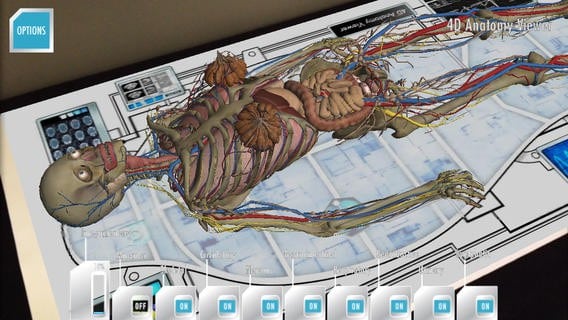
At home, students could get help by scanning a picture in their books that reveals a video of their teacher giving clues to solve a problem. AR could also be helpful to give children confidence. They could hear their parents encouraging them before taking a test by scanning an image in their textbooks, for instance.
Exploration
- Today
There is a huge potential for augmented reality to involve tourists in learning about and experiencing various museums and touristic areas like never before.

- Tomorrow
Visiting a museum could be drastically different with GPS-enabled maps and AR camera views. We could get tons of information about Mona Lisa by scanning the painting instead of just reading the few notes on the side. Dinosaurs could walk in the hallways, sharks could swim around and cavemen could make a fire right in front of us.
While sightseeing in Paris, we could scan the Eiffel tower and get audio information. Why not also have the possibility to see the construction of the Coliseum and how Rome looked like at that time?
Shopping with AR
- Today
When it comes to shopping, augmented reality can be used as an aid in choosing items from a catalog. The number of brands that offer AR increases every day. From digital fitting rooms upon which we can upload our picture and “try on” clothes, to greeting cards that come to life, AR offers buyers the confidence that can lead to purchasing decisions.

- Tomorrow
In the future, brands will likely go for the AR strategy. Instead of just looking at items in stores or catalogs, we will be able to “try on” clothes and “integrate” objects in our homes without even getting out of bed.
The bottom line is, AR is coming soon to a handheld device near you, and it’s going to be one of the biggest technological innovations of the century. I, for one, plan on being an early adopter of this technology, which has the potential to improve our lives in immeasurable ways. How about you?





